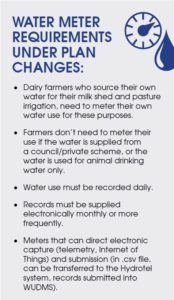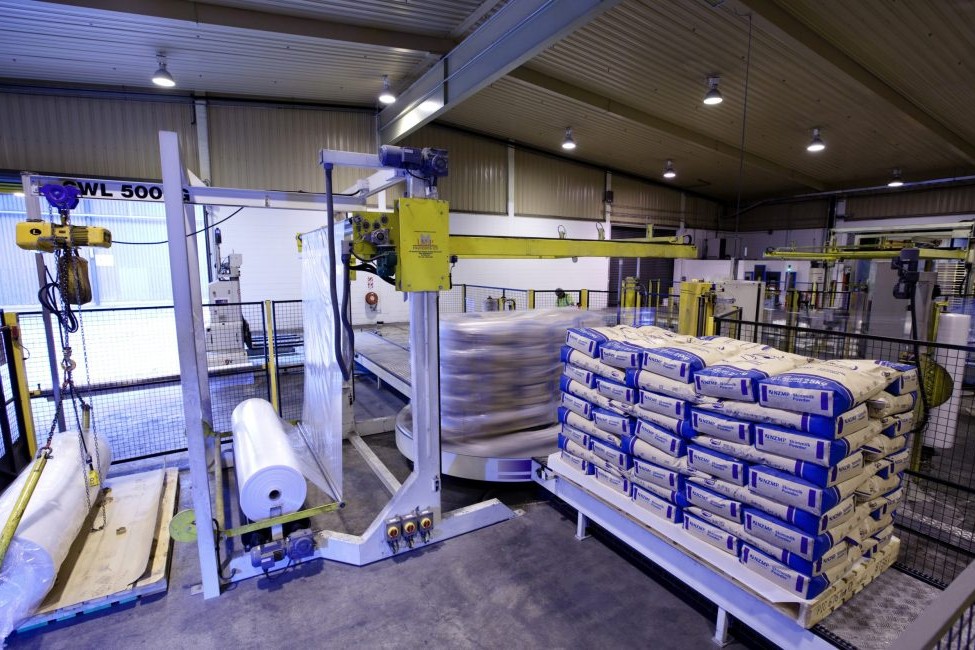Sheryl Haitana
Big blocks of former dairy land are going into kiwifruit in the Bay of Plenty, selling for between $100,000 and $150,000 per hectare.
There is competition for fertile dairy land with kiwifruit developers happy to pay $120-$130,000/ha, Bayleys agent Snow Williams says.
If the land is in the right area, climatically with the right altitude the land is going to be desirable, he says.
“I’d be able to sell a lot more than I have available.”
Developers are contouring land to create bigger blocks to have a larger orchard, which is more economical, Snow says.
A 42ha block recently sold off a dairy farm in the Eastern Bay of Plenty is an example of what is being converted to kiwifruit.
“The bigger the block the more economical. Some of these orchards they are setting up are state of the art because they’re new and modern. They double plant the kiwifruit.
‘The bigger the block the more economical. Some of these orchards they are setting up are state of the art because they’re new and modern. They double-plant the kiwifruit.’
“The opportunity it presents to horticulturists is a brand-new product – new posts and Ag Beam. It’s all exciting stuff.”
It is a concern, however, to see residential and commercial developments still being built on productive soil in the Bay of Plenty, Snow says.
Land stretching out to Te Puke and along Papamoa which was once farmland is quickly being swallowed up by housing.
“Once that land is gone, it’s gone forever. You can’t replicate that climate and soil fertility.
“We’ve got to start looking at these things.”
Some dairy farmers in the Bay of Plenty think it’s a shame, but know the conversion from dairy land to kiwifruit is somewhat inevitable, DairyNZ Eastern Bay of Plenty consulting officer Ross Bishop says.
Where farmers are in the right location with the right property it is a lucrative option to sell to kiwifruit developers, particularly for those farmers in the twilight of their farming career.
There is still an uncertainty around the environmental impact of kiwifruit compared to dairy farming, however, which will need to be taken into consideration with incoming regulations.
“No one has an accurate handle on nutrient loss (from kiwifruit orchards), kiwifruit could be worse.”
WATER USE
 Water allocation is also a growing issue in the Bay of Plenty and dairy farmers and kiwifruit orchards will have to prove water use efficiency.
Water allocation is also a growing issue in the Bay of Plenty and dairy farmers and kiwifruit orchards will have to prove water use efficiency.
The Bay of Plenty Regional Council Water Quality Plan Change 9 is currently under an appeal process, which is around water allocation in the region.
As part of the new plan dairy farmers in the Bay of Plenty are going to have to install water meters to prove efficient water use, DairyNZ Bay of Plenty regional leader Andrew Reid says.
When the Plan Change becomes operative key requirements will be mandatory water meters for all uses on farms to report regularly to council.
All dairy farmers who take more than 15 cubic metres (surface water) or 35 cubic metres (groundwater) per day will have 12 months to obtain resource consents for dairy shed wash down.
All farmers taking water will be required to demonstrate that the take is efficient.
DairyNZ has been talking with farmers about starting to monitor their water usage and improving efficiency, Andrew says.
“The key message for farmers is to understand how they’re using water and minimise wastage as much as possible.
“You can’t manage what you don’t measure.”
Water meters can cost between $500 up to $2500 for the top of the line meters with auto reporting, he says.
Any new water consents will be approved on a first in-first served basis, a Bay of Plenty Council spokesperson says.
When it comes to water consents, water will be allocated based on reasonable and efficient use. For example, a maximum of 490 litres per cow per week, or on average 65 litres per cow per day for dairy shed milk cooling and washing during the milking season; 70 litres of stock drinking water per cow per day is estimated.
If a farmer is asking for more water, they will be asked to consider efficient use (eg: recycling milk cooling water for drinking or washing) or demonstrate why a greater volume is efficient.
Once the information about their water use is available to farmers, it’ll be easier for farmers to be in control of identifying possible water leaks, and ways of water-saving that work for their needs.
The Bay of Plenty Council is also drafting Plan Change 12 this year which will tackle water quality issues.
The plan is likely to require reductions in irrigation takes as consents are renewed, and a requirement for farm plans to hold or reduce the four contaminants, sediment, E. coli, nitrogen and phosphorous.
Overall requirements are likely to include: monitored and efficient water use (especially irrigation), reduction of N and P in lake catchments, holding or reducing sediment, E. coli, N and P in estuary and harbour catchments.





